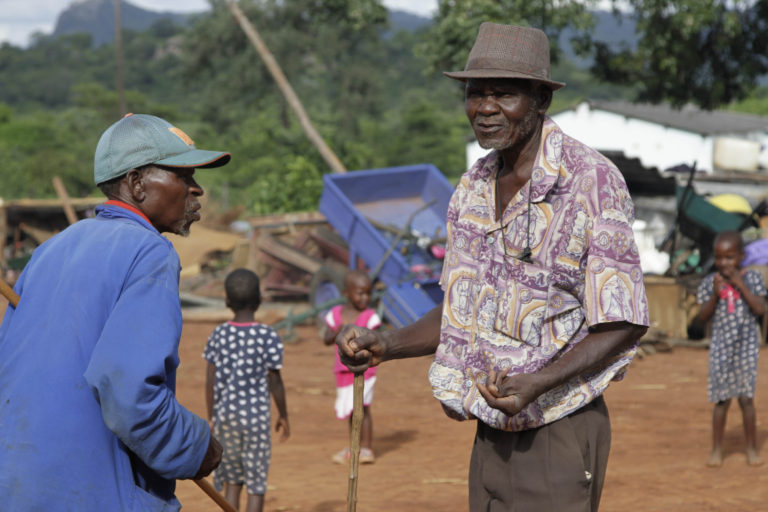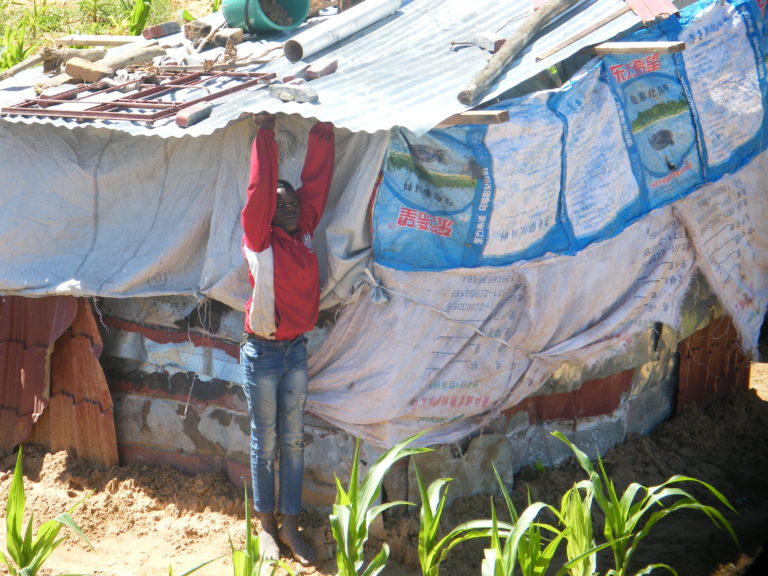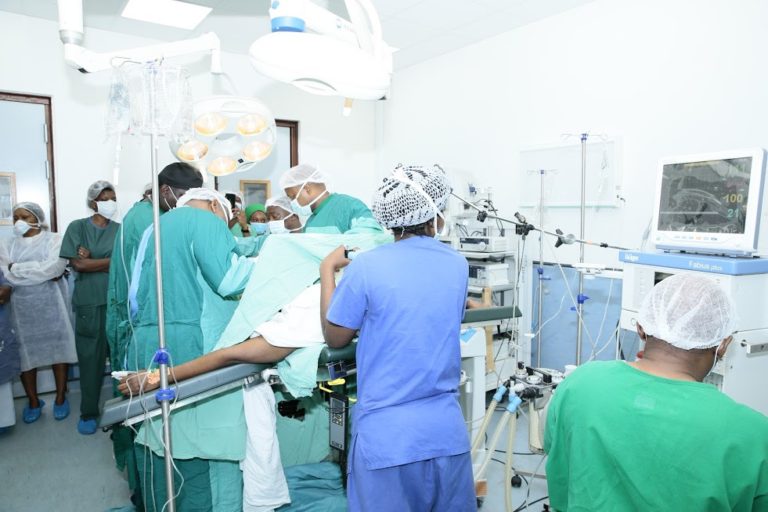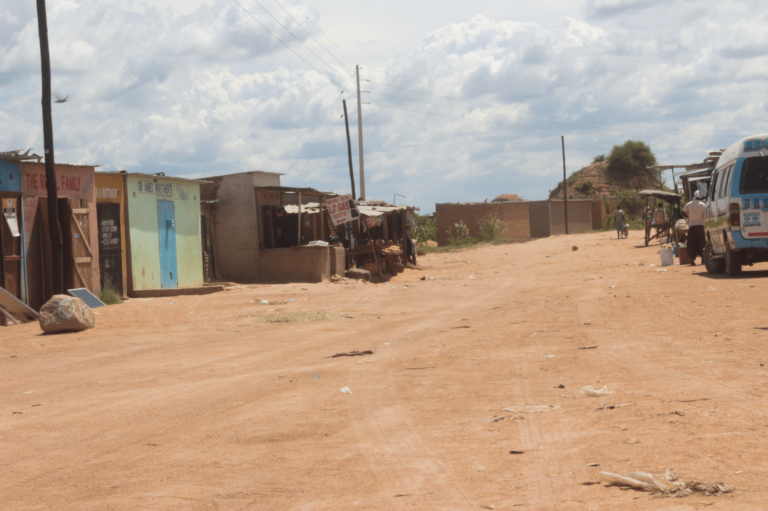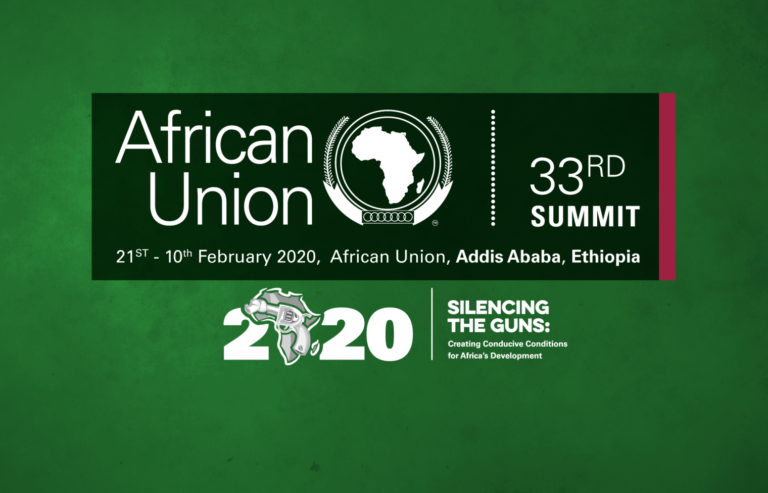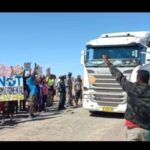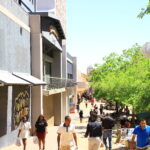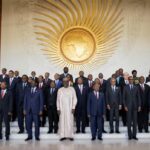LILONGWE, Malawi — At the age of 94, Malawi’s widower Kenneth Banda resides alone at his aging rural home — a thatched kitchen hut and a two-roomed house roofed with cracked aging asbestos sheets, his home located in Mzimba, Malawi’s remote district north of the country.
In Mangochi rural district, south of Malawi, also lives 83-year old Maria Tembwa, with her six great-grandchildren at a home consisting of two thatched huts — one a bedroom and the other a kitchen.
According to Tembwa, all her 11 children died — some succumbing to AIDS while some of her grandchildren later left for the cities and to neighboring countries in search of greener pastures, leaving her with their children to look after — her great-grandchildren.
But, equally poor as Banda, Tembwa has no money to take care of the young children left under her guardianship.
Malawi’s aged persons like Banda and Tembwa have no access to government social grants.
Yet, laden with a population of about 19 million people, the government of Malawi estimates that 52.4 percent of its population lives below the poverty line of 1 USD per day.
Eight percent of Malawi’s population comprise of the aged persons whose ages range from 60 years and above, according to Help Age International, a global network of NGOs working to promote the rights of older people.

In Zimbabwe, the likes of 93-year old Bernard Shumba, a resident of Mabvuku high-density suburb in Harare, the country’s capital, have found poverty part of them.
“I have accepted my fate, that I’m poor and there is no one from government who stands up to support people like myself, people who are very old,” Shumba told Ubuntu Times.
In Zimbabwe, the elderly like Shumba account for about six percent of the country’s estimated population of 16 million, according to Help Age Zimbabwe, a leading organization catering to the needs of senior citizens.
As such, in Zimbabwe, there are an estimated 760,000 older persons.
Together with his 85-year old wife, Tendai, Shumba depends on handouts from good Samaritans, this as the aged couple lives with six of their orphaned jobless great-grandchildren.
Although Shumba worked as a policeman before his country gained independence in 1980, his pension earnings have over the years been eroded by Zimbabwe’s inflation, which hovers around 300 percent, according to the International Monetary Fund (IMF) last year.
With Southern African countries like Zimbabwe faced with fledgling economies, aged persons like Shumba and his wife have become the victims.
Their great-grandchildren have had to drop out of school because their aged breadwinners can’t cope with the country’s spiraling rate of inflation.
In fact, Zimbabwe’s aged persons have fast become charity cases in the face of the country’s comatose economy and therefore well-wishers have turned into saviors for geriatrics like Shumba and his wife.

Nevertheless, Shumba and his wife have sunken deeper and deeper into poverty, with Shumba having failed to land even a single formal job since four decades ago, save for the informal jobs he obtained every now and then on contractual basis at various private security companies until he called quit three decades ago.
Nonetheless, only nostalgia places a smile on his face.
“We had a good life with my wife when I worked for various security companies, but I have obtained nothing in terms of pension benefits from the companies. It’s worse now because our government hardly supports aged persons,” Shumba said.
Jonathan Mandaza, chairperson of the Zimbabwe Older Persons Organization said ‘abuse of the elderly in Zimbabwe is rampant, adding it includes neglect by the government, which deepens their poverty.’
Meanwhile, in South Africa, the maximum amount paid to aged persons is R1,780 per month, an equivalent of 100 USD monthly per head monthly. If one is older than 75 years, he or she gets R1,800, just a few cents above 100 USD.
But, even this cannot suffice, according to Help Age International, an organization supporting the cause of aged persons.
“Older persons receiving the old age grant in South Africa actually become breadwinners and that has its own challenges,” said an official from Help Age International in South Africa, on condition of anonymity as she was unauthorized to speak to the media.
In Malawi, home to aged persons like Banda and Tembwa, the poverty struggle continues for the aged population.
Xiluva Tambwe, a member of the Malawi Network for Older Persons Organisations (MANEPO) said ‘the elderly have been going through increased socio-economic hardships.’
“One has to know that as in many African cultures, the elderly in Malawi used to depend on the economic and social support of their children and the community, which is rarely the case these days as economic hardships pound everyone,” Tambwe told Ubuntu Times.
Malawi’s human rights activists like John Kasangula have said ‘old-age poverty in Malawi stems from its intergenerational transmission.’

According to the Commonwealth Association for the Ageing, many Malawians spend their later years marginalized from family and community life and as such, growing old in that country comes with new challenges, of which poverty is one of them.
Yet, poverty hammers Southern Africa’s aged populations even as social protection is a basic human right, according to the Universal Declaration of Human Rights.
In Swaziland, with a population of about 1.3 million people, just three years ago there were reports that over 80 percent of women in the dynastic nation between the ages of 60 and above as well as 70 percent men, were living in poverty amid reports government had run out of money to pay out old age social grants.
Meanwhile, even as poverty roasts Swaziland’s elderly persons and the other chunk of the country’s population, King Mswati there has 13 palaces and lives a lavish lifestyle, having a fleet of top-of-the-range cars, these added to a private jet.
In Angola, one of Africa’s most resource-rich countries representing sub-Saharan Africa’s second-largest oil producer and the world’s fourth-largest producer of diamonds, poverty reigns supreme for the aged there amid reports poverty there is lower only among the 15-35 age group than any other group.
Angola’s population is estimated to range between 16 and 18 million people.
In Zambia, just north of Zimbabwe, two years ago, the country’s Ministry of Community Development and Social Services principal community development officer Stephen Chiwele, went on record in the media saying ‘the current pension schemes in Zambia are contributory in nature, meaning most of the people in the informal sector are without pension cover and many of these are older persons.’
As such, due to loss of work and income in old age, households with old people are among the poorest in Zambia, a country with about 17 million people.

